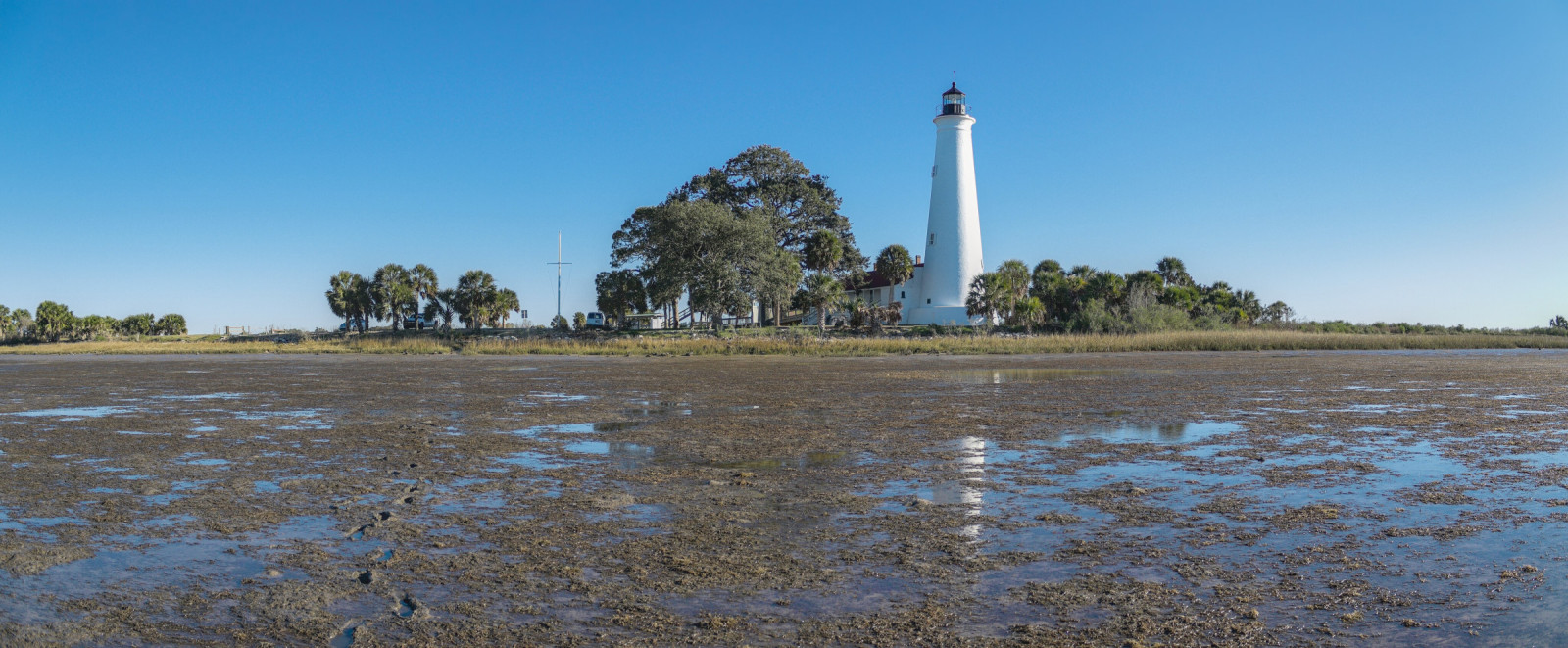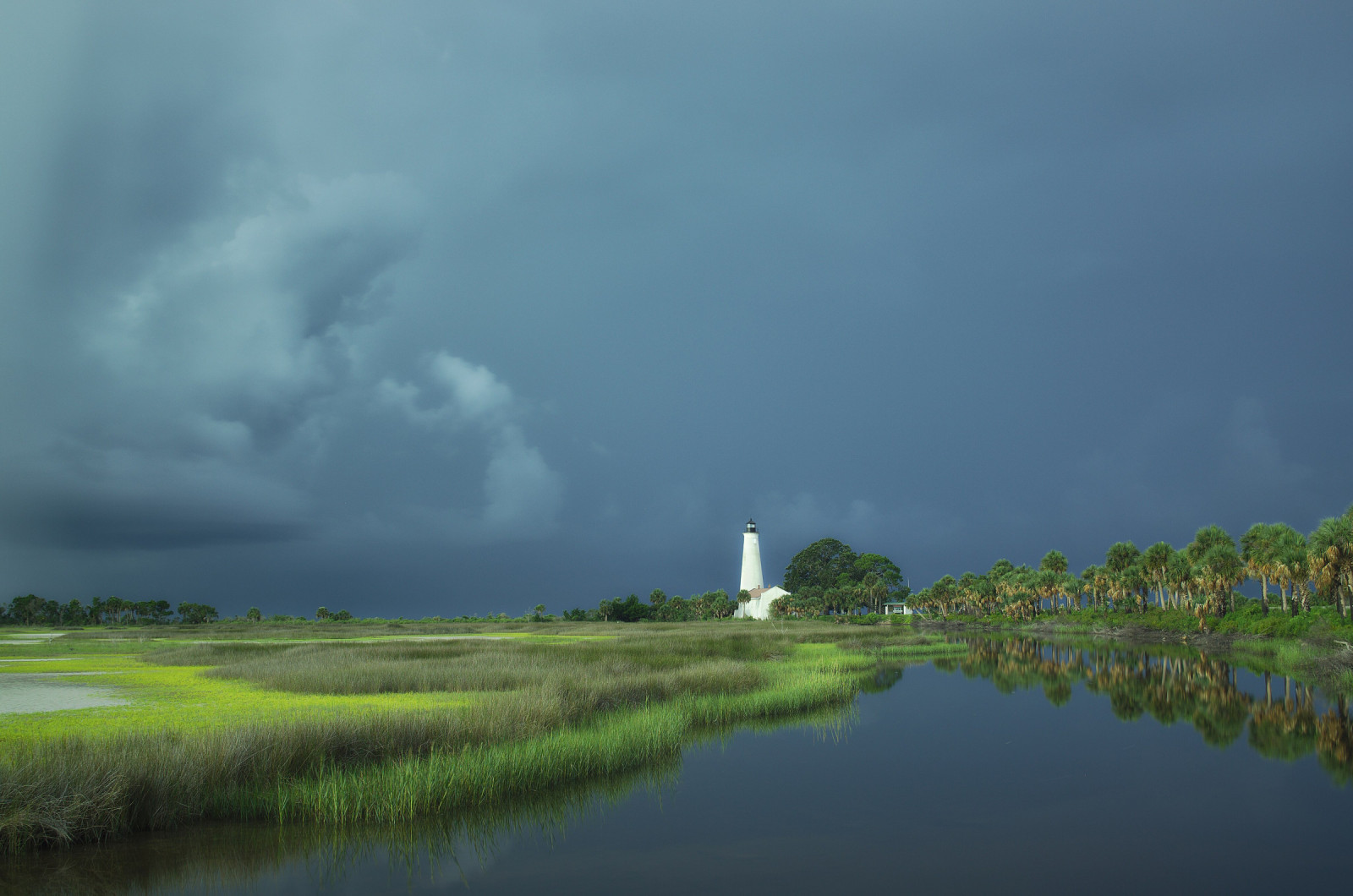Charger images
Les formats d'image autorisés sont de type jpeg, png ou gif
La taille maximale du fichier doit être de 20MB



More than 300 recorded bird species have been recorded in St. Marks National Wildlife Refuge.
St. Marks National Wildlife Refuge encompasses more than 83,000 acres (336 km2) spread between Wakulla, Jefferson, and Taylor Counties. It is regarded as one of the best birding sites in Florida. The refuge includes several Gulf of Mexico coastal habitats, such as saltwater marshes, islands, tidal creeks, and the estuaries of several north Florida rivers. It is home to a diverse range of birds and the St. Marks Lighthouse.
In April and May visit the Tower Pool 2-3 hours before high tide for spectacular views of shorebirds. Rarities are regular in early May. At the road’s terminus at the lighthouse, look for wintering waterbirds. Red-throated Loons are recorded annually. Lighthouse pond is good for wintering ducks including Canvasback. Headquarters Pond is good for Purple Gallinule. The Mounds Trail around Tower Pond is very good for migrant songbirds in spring.
St. Marks National Wildlife Refuge is located about 25 miles south of Tallahassee. From Tallahassee, take SR 363 (Woodville Hwy) to Wakulla. Turn left (east) on SR 267 (Bloxham Cutoff). At US 98 (Coastal Hwy), turn left (east) and cross the St. Marks River. Turn right on Lighthouse Road (CR 59) and drive 3 miles to the Visitor Center. Press a P on the map for directions to a parking. The outdoor areas are open daily Sunrise to Sunset (gate on Lighthouse Rd. opens at 6 am). The Visitor Center is open Monday - Friday 8 am - 4 pm, Saturday and Sunday 10 am - 5 pm. Entrance fee $ 5 per vehicle.
There is no place on the refuge to buy food or stay overnight, but picnic tables, drinking water and restrooms are available. There are several trails to explore the area on foot.
Monarch butterflies congregate on their fall migration to Mexico in St. Marks National Wildlife Refuge. Butterfly viewing is best here in September and October.
Votre feedback sera transmis à l’auteur.rice de cette zone et à l’équipe éditoriale de Birdingplaces, qui l’utiliseront pour améliorer la qualité des informations. (Vous souhaitez publier un commentaire visible en bas de page ? Fermez cette fenêtre et choisissez l’Option 1 : « Publier un commentaire, un conseil ou une observation ».)
Veuillez fournir des suggestions d'améliorations ou d'ajouts au texte de ce site ornithologique.
Veuillez fournir vos suggestions d'améliorations ou d'ajouts à la carte.
Veuillez fournir des suggestions d'améliorations ou d'ajouts à la liste des oiseaux.
Cliquez sur l'icône de l'oiseau () Insérez les noms d'oiseau dans votre langue. Ils seront automatiquement traduits pour les autres usagers !